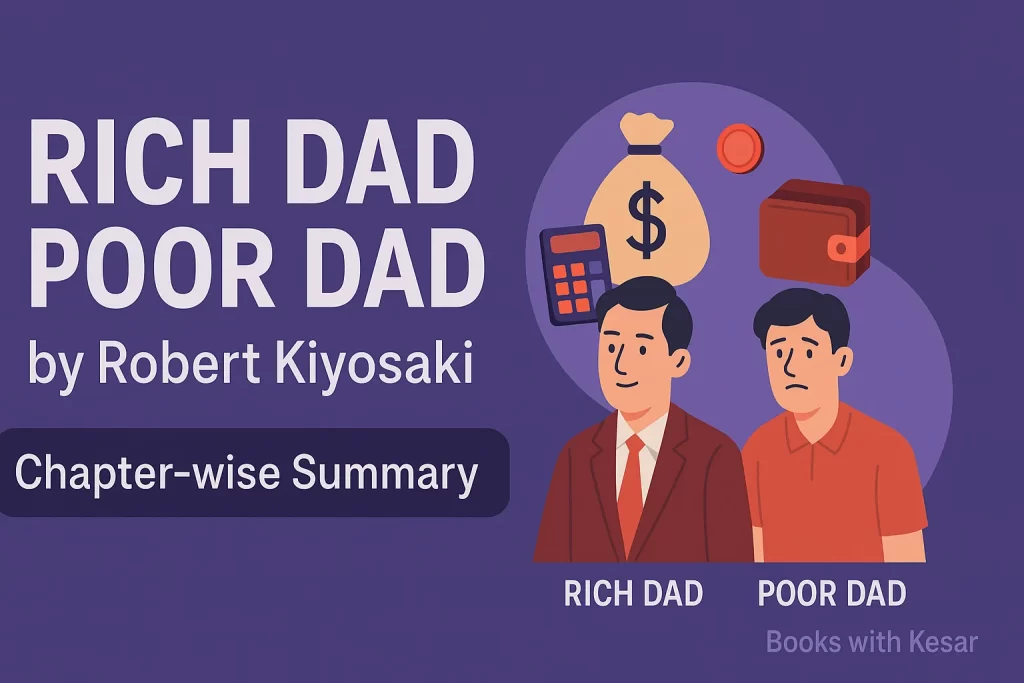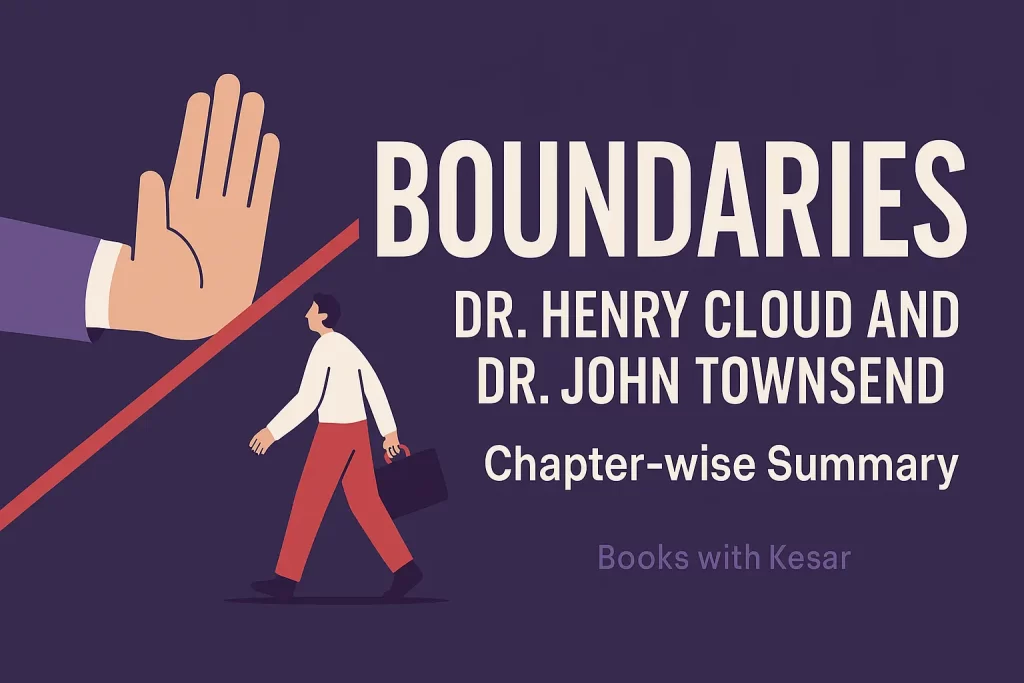Success isn’t an accident, and neither is finding your true calling. If you’ve been waiting for some magical moment where everything clicks and your purpose is handed to you on a silver platter—wake up. That’s not how it works. In The Art of Work, Jeff Goins rips apart the myth that passion is something you “discover” overnight. Instead, he argues that your purpose is something you cultivate, struggle for, and earn—through relentless action, not wishful thinking.
Think about it: how many people sit around waiting for some “aha” moment while their lives slip away in mediocrity? Too many. Goins exposes this toxic mindset and replaces it with something far more powerful: a roadmap to crafting a life that actually matters. He blends real-life stories, historical examples, and brutal truths to show that finding meaningful work isn’t about luck—it’s about a series of deliberate choices.
And here’s the twist—your calling isn’t just one thing. It evolves. It’s messy. It demands that you embrace failure, rethink success, and take risks that scare the hell out of you. If you’ve been feeling stuck, uninspired, or just plain lost, this book will shake you up and push you toward the life you’re meant to live. But be warned—this isn’t for the faint-hearted. If you’re looking for easy shortcuts, stop reading now. If you’re ready to do the work, let’s dive in.
Want This Book for Free? Start Your Audible Trial & Own Your First Audiobook—Even If You Cancel!
Table of Contents
ToggleChapter 1: Listening to Your Life
Most people are terrible listeners—especially when it comes to their own lives. We rush through our days, obsessed with distractions, while ignoring the clues that could reveal our true calling. In this opening chapter, Goins makes one thing clear: your life is already speaking to you—are you paying attention?
Goins introduces us to a powerful idea: your purpose isn’t something you find, it’s something you recognize. But here’s the kicker—most people don’t recognize it because they’re too busy looking for a grand, lightning-bolt revelation. The truth? Your calling is hidden in the small moments, the whispers of curiosity, the things that energize you but seem “too obvious” to be your purpose.
The chapter brings real-life examples of people who stumbled upon their calling not by chasing it, but by reflecting on their past experiences. One of the most gripping stories is about a man who ignored his natural love for storytelling for years, only to later realize that every moment of his life had been pointing him toward becoming a writer. His purpose was always there—he just hadn’t been listening.
So, how do you start listening to your life? Goins suggests looking for patterns—the things you keep coming back to, the moments that bring you alive, and even the struggles that have shaped you. Because, as he puts it, “Every story of success is, in some way, a story of listening.”
If you’ve ever felt lost about what you’re “meant” to do, this chapter is a wake-up call. Your life has been dropping hints all along—it’s time to start paying attention.
Chapter 2: Accidental Apprenticeships
Forget the Hollywood fantasy of lone geniuses “figuring it all out” on their own. Nobody succeeds in isolation. Every master, every leader, every game-changer you admire got there because of mentors, guides, and accidental teachers—even if they didn’t realize it at the time.
In this chapter, Goins crushes the myth of the self-made success story and introduces the concept of the “accidental apprenticeship.” The truth is, whether you know it or not, you’re already being shaped by the people around you. The question is: are you paying attention to the right teachers?
Goins shares stories of people who discovered their calling not through formal education, but by immersing themselves in experiences, relationships, and unexpected learning opportunities. One of the most compelling examples is about an aspiring entrepreneur who thought she had to go to business school—until she realized she had been learning more from her boss at a local café than she ever could in a classroom. Real-world experiences often teach us more than textbooks ever will.
The key takeaway? Your mentors aren’t always obvious. Sometimes, they’re disguised as bosses you hate, setbacks that force you to adapt, or even friends who push you out of your comfort zone. Your job isn’t to wait for the perfect teacher—it’s to recognize the lessons hidden in the people and experiences around you.
This chapter challenges you to stop thinking of success as a solo mission and start embracing the reality that growth happens through connections. Who are you learning from—whether you realize it or not?
Chapter 3: Painful Practice
Everyone wants success, but no one wants the struggle that comes with it. Here’s the harsh truth—mastery isn’t glamorous, it’s painful. The people who make it aren’t just the most talented; they’re the ones willing to endure the discomfort, failure, and frustration that come with the process.
In this chapter, Goins makes it clear: your calling isn’t just about passion—it’s about persistence. Too many people quit the moment things get hard, assuming they’ve “chosen the wrong path.” But real growth happens in the pain. The struggle isn’t a sign you’re off track; it’s proof you’re actually doing the work.
Goins shares the story of a musician who spent years playing in empty bars, wondering if he should give up—only to later realize that those painful, humiliating nights were shaping him into the artist he needed to become. The world only sees the success; they don’t see the years of invisible work behind it.
And here’s the kicker: practice alone isn’t enough. You need what psychologists call deliberate practice—the kind that stretches you, challenges you, and makes you uncomfortable. If you’re not failing, you’re not growing.
This chapter is a reality check for anyone chasing a dream. Are you willing to endure the pain that comes with the work, or are you just in love with the idea of success? Because if you can’t handle the struggle, you’ll never reach the breakthrough.
Chapter 4: Building Bridges
Big breaks don’t just happen—you create them. And the secret? Bridges. Not the literal kind, but the strategic moves that connect where you are now to where you want to be. This chapter is about how every successful person crafts their own opportunities by taking small, intentional steps toward their calling.
Goins dismantles the myth that one huge leap will change your life overnight. Nobody wakes up one day and suddenly becomes successful. Instead, they build bridges—small, calculated moves that bring them closer to their dream. He tells the story of a woman who wanted to be a full-time writer but didn’t just quit her job and hope for the best. Instead, she started writing on the side, built relationships with editors, and slowly transitioned into her dream career.
Your calling isn’t a cliff you jump off—it’s a bridge you build, one step at a time. The problem? Most people are too impatient. They want instant results, but Goins reminds us that success is about smart, strategic progress.
The key takeaway? Start now, start small, and stop waiting for permission. The longer you wait for a perfect moment, the longer you delay the life you’re meant to live. What’s one bridge you can start building today?
Chapter 5: Pivot Points
Forget the straight path. Success is messy. The biggest mistake people make? Believing their journey will be linear. It won’t be. Every great story of success includes unexpected twists, failures, and pivots. The question isn’t whether you’ll face detours—it’s whether you’ll recognize them as opportunities or let them break you.
In this chapter, Goins introduces the idea of “pivot points”—moments in life where things don’t go as planned, forcing you to adapt. He shares the story of a man who trained for years to be a professional athlete, only to suffer a career-ending injury. Instead of letting that moment define him as a failure, he used it as a turning point—a pivot—toward a new calling that he never would have considered otherwise.
The message is clear: your calling isn’t a single, rigid path—it’s an evolving journey. The people who thrive are the ones who embrace change instead of resisting it.
So, if you feel like life just threw you off track, ask yourself: Is this a failure or a pivot point? Because what feels like a dead end could actually be the best thing that ever happened to you—if you’re bold enough to see it that way.
Chapter 6: The Portfolio Life
Forget the one-career-for-life model—it’s dead. The world has changed, and clinging to the outdated belief that you must follow a single, predictable career path is a surefire way to limit your potential. In this chapter, Goins introduces the concept of the “portfolio life”—a way of living that allows you to pursue multiple passions, skills, and income streams without being boxed into just one identity.
Most people are terrified of being seen as “scattered” or “unfocused,” but Goins flips that thinking on its head. He argues that the most fulfilled and successful people don’t just do one thing—they create a life that integrates all their interests. A musician who also writes? A teacher who runs a business on the side? A scientist who’s a part-time artist? That’s the future.
Goins highlights real-life examples of people thriving in a portfolio career, proving that you don’t have to choose between passion and practicality. The secret? Leveraging all your skills and experiences in a way that works for you.
The takeaway is simple but powerful: stop forcing yourself into a single-label box. You’re meant for more than just one thing—so why settle? Start designing a life that lets you do it all.
Chapter 7: Your Magnum Opus
What if your life was a masterpiece in the making? Not just a collection of random experiences, but a carefully crafted work of art—your magnum opus. In this final chapter, Goins challenges you to stop thinking small and start treating your life’s work as something that truly matters.
Too many people drift through life, settling for “good enough.” But the ones who leave a lasting impact approach their work with intention—they see their careers, passions, and personal growth as part of a larger, meaningful project. They don’t just work; they create something worth remembering.
Goins shares stories of people who turned their life’s work into something bigger than themselves—whether through business, art, or service to others. The common thread? They committed to something greater than just personal success.
The takeaway is powerful: Your calling isn’t just about you. It’s about the legacy you leave, the people you impact, and the work that will outlive you. The question isn’t whether you’ll create something meaningful—it’s whether you’ll choose to step up and do the work or let life pass you by.
So, what’s your magnum opus? It’s time to start building it.
⚡ Want to Get This Life-Changing Book at the Best Price? Check Amazon Now!
🔸 Buy on Amazon India (🛒 Trusted by Millions)
🔹 Buy on Amazon (US, UK & More) (📦 Fast Worldwide Shipping)
👉 This post contains affiliate links. If you buy through these links, I may earn a small commission at no extra cost to you—thanks for your support!
💡 Enjoyed this summary? Support Books with Kesar by donating here.
📢 Never miss an update! All new summaries are now on Telegram—Join the Channel.
📚 Want more insightful reads? check out these articles next:
Book Summary: The Lean Startup by Eric Ries (All Chapters Explained)
The Richest Man in Babylon Summary (All Chapters Explained)
Book Summary: The Psychology of Money (All chapters explained)
Book Summary: Give and Take by Adam Grant (All Chapters Explained)


